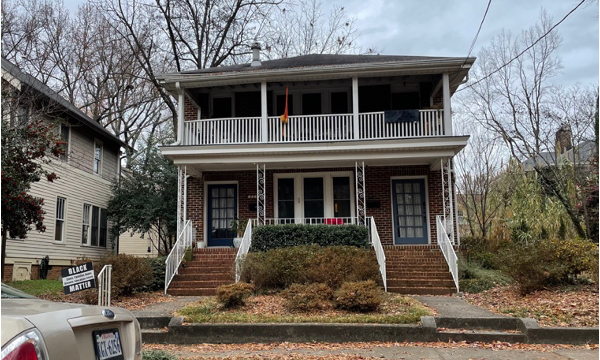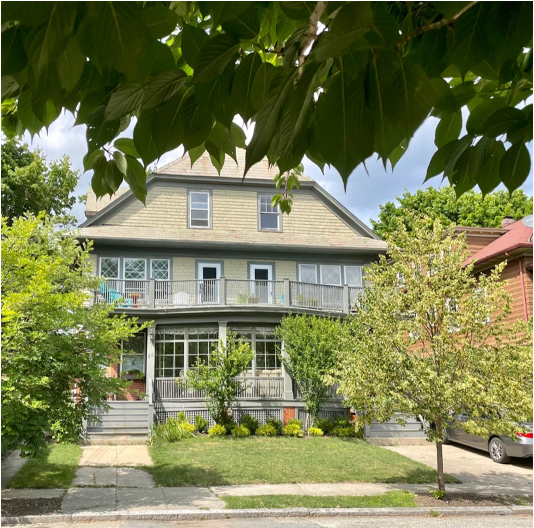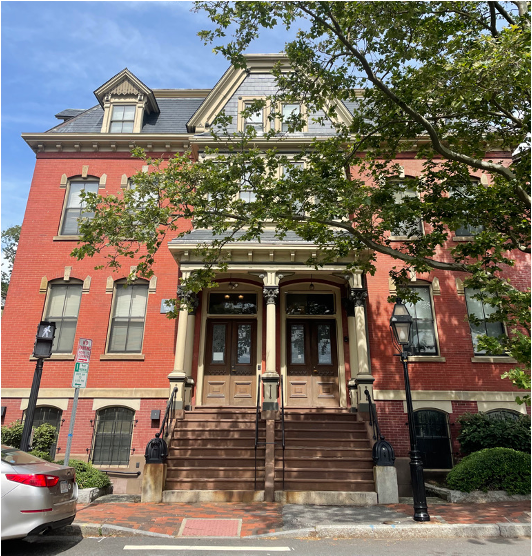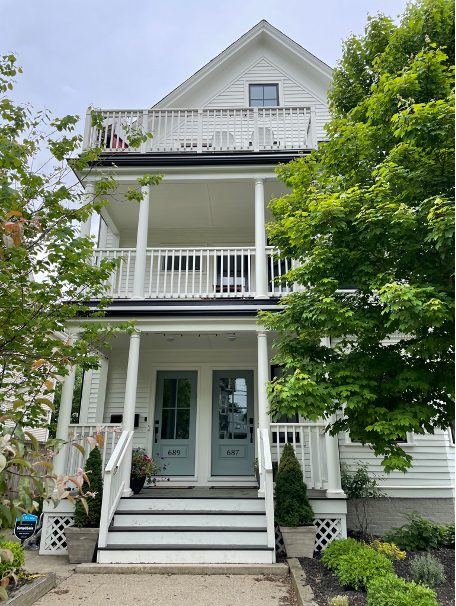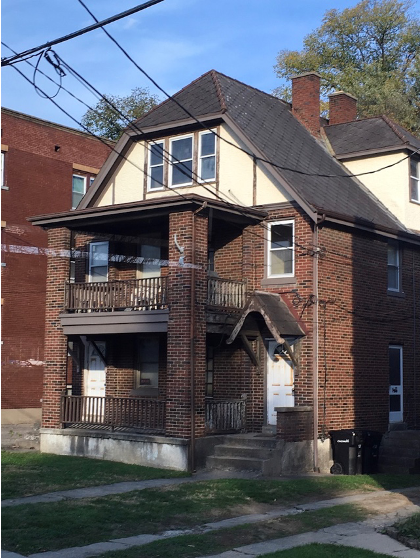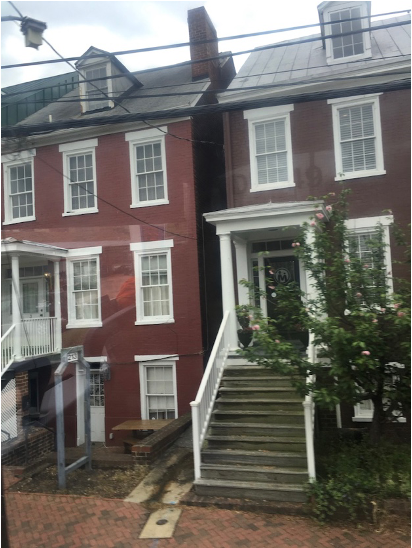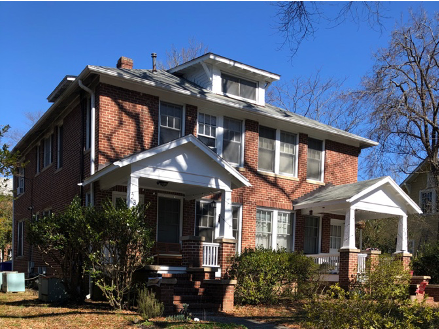We’re reprinting some of our favorite public comments from the public hearing on the housing choices proposal held by Chapel Hill Town Council on January 25, 2023. Melissa McCullough spent 31 years at EPA and retired as the Senior Sustainability Advisor and Assistant Director of the Sustainable and Healthy Communities Research Program. She was also the EPA reviewer of the IPCC Mitigation report chapter on Human Settlements, Infrastructure, and Spatial Planning.
A big argument for Single-family-ONLY zoning is to “preserve neighborhood character,” but residential multifamily buildings are a traditional American housing form. I’m inserting examples in this document.

My grandfather built multifamily buildings in Lexington Ky neighborhoods, among single family homes, in the 1930s-60s. Many income levels and ages could afford to live amongst neighbors — from the young schoolteacher to the elderly widower. My divorced aunt lived beside, and cared for, my grandmother in a duplex in a neighborhood. This enables a community of support!
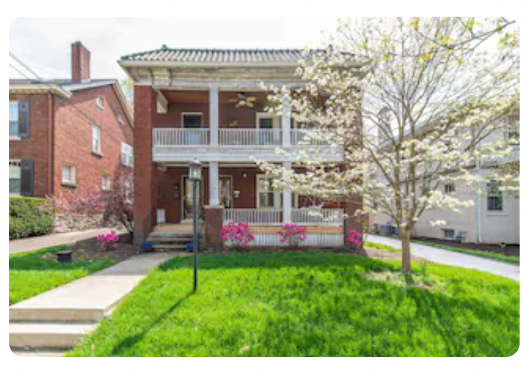
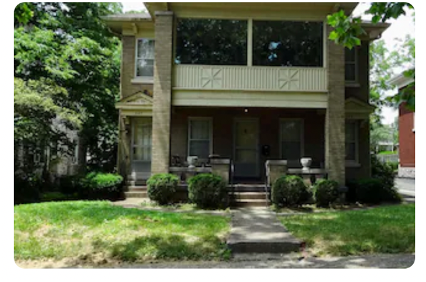
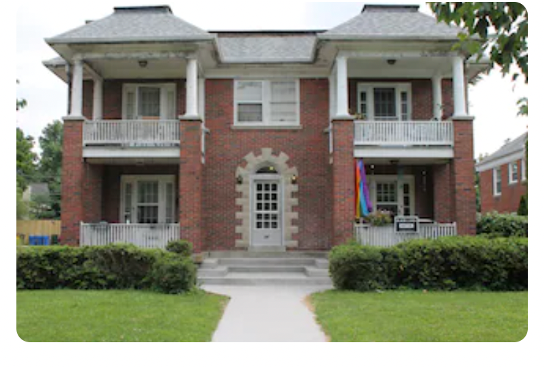
AARP actively advocates for missing-middle housing because many older Americans want to live in neighborhoods, without being responsible for a full-size house.
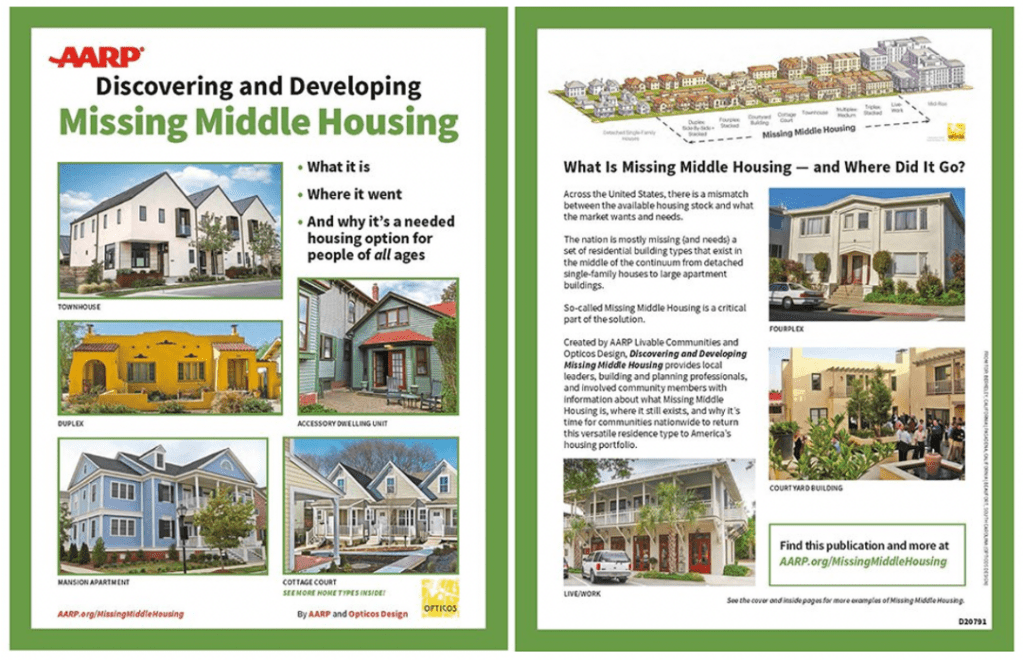
I am NOT here representing the Sierra Club, but would like to cite the national Sierra Club policy and guidance on smart growth. It discourages Single-family-only zoning, noting that it costs cities more in infrastructure and services, while increasing vehicle miles traveled and emissions (hence more climate-impacting). In fact, the guidance specifically recommends increasing Missing Middle Housing types, saying: “These house-scale buildings fit seamlessly into existing residential neighborhoods and support walkability, locally-serving retail and public transportation options.“
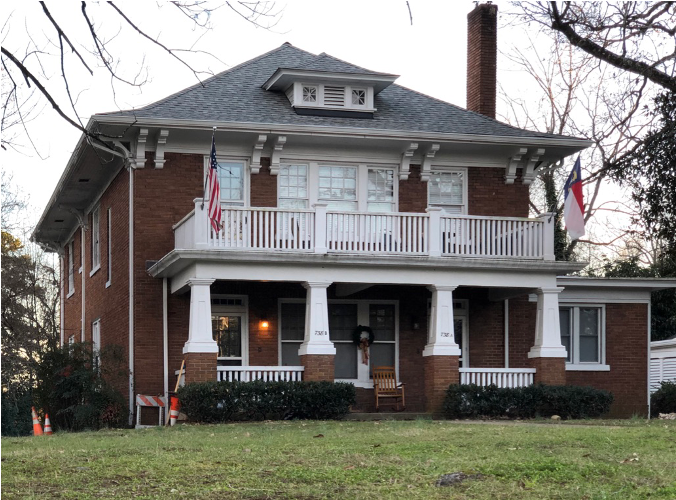
Nationally, single-family-ONLY zoning was originally put in place to legally perpetuate structurally-racist policies like redlining. These policies shut out black borrowers, identifying areas with even one black family as “dangerous” and unsuitable for lending. Not only did these policies prevent black families from building property wealth (even returning black World War II veterans), but also deprived black neighborhoods of amenities like street trees and parks, which went to white neighborhoods, further increasing value disparities.
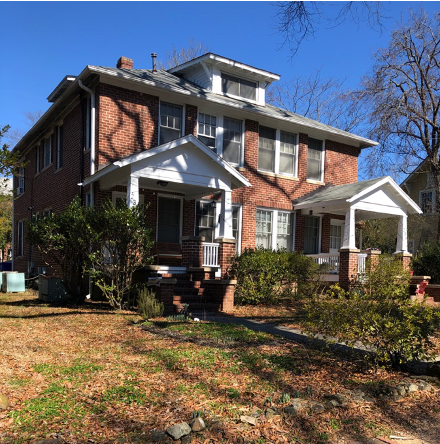
Here, as in most of the country, Single-family-only zoning has dominated town acreage and inflated property values such that we do not have affordable housing choices for town workers, young adults, or people who would like to stay with their community through changing life stages with changing housing needs.
To address some of the comments made on January 25, single family homes can and are being built that are just as, or more, impactful on neighborhoods than the proposed gentle density. An example is a single-family home that I watched go up on dog walks. It is on a very steep hill with a stream downslope, it is a huge house, many trees were taken out on that slope, and it is out of character for its neighborhood.
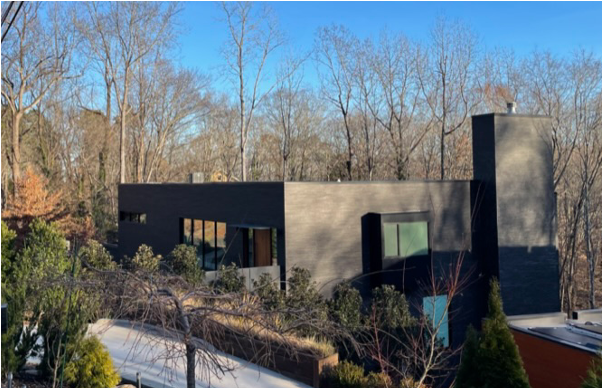
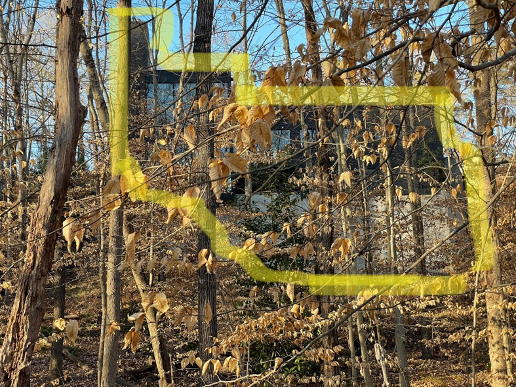
I often pass single family homes getting additions to make them even larger, to the point of being 2-3 times larger than the original structure. Single-family homes are not examined like the proposed multi-family buildings, which would have less destruction of trees and less impervious surface per person housed. Meanwhile, I’ve seen two historic cottage courts being removed, one replaced by a large single family home.
Single-family-only zoning HAD NO OTHER PURPOSE than to inflate the property values of whites and keep out blacks. What is proposed will have no more visual, functional or environmental impact than single-family homes. So, for equity, climate action, housing opportunity and choice, a stronger local economy with more efficient government infrastructure spending, and a more resilient future, IT IS TIME to end this shameful exclusionary zoning.
More examples from around the country
